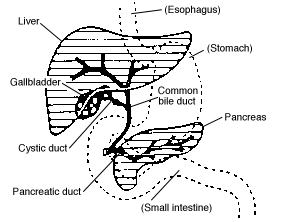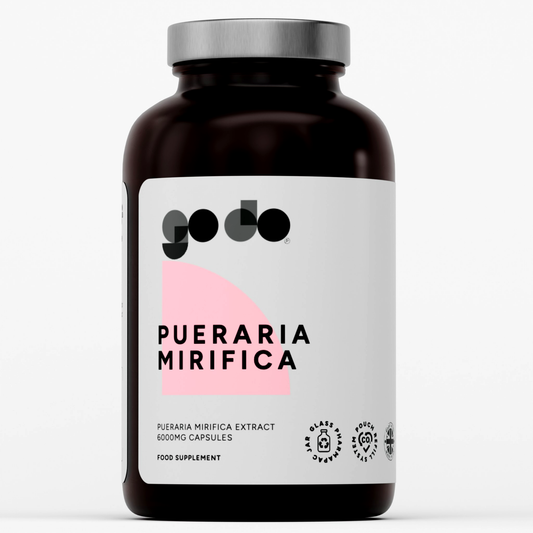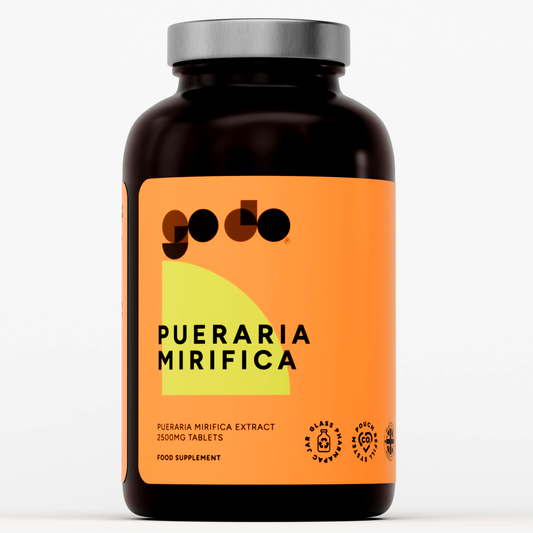
The human body is amazing when it comes to the not only what it can do on the outside, such as lifting heavy things or engaging in high intensity exercise, but it is also pretty impressive when it comes to what it does on the inside. For example, one of the things it does is create bile, a fluid that helps your body break down the fats and fat-soluble vitamins you eat, allowing them to be transported to your cells via your digestive tract. But where exactly does this helpful fluid come from?
Initially, bile is created within your liver, an organ which is also responsible for toxin removal and infection prevention. The bile then goes from there to your gall bladder, where it is stored until your body needs it, which is basically when you eat a meal with any type of fat in it. Fat consumption essentially triggers your gall bladder to release the bile, allowing it to flow into your small intestine via two small ducts where it can help break down the fat.
Sometimes though, the valve that separates your small intestine from your stomach, called your pyloric valve, doesn’t function properly, allowing some of the bile to flow into your stomach, a condition referred to as bile reflux. And if the valve that separates the stomach from the esophagus, the lower esophageal sphincter, doesn’t work properly, bile can then travel up into the esophagus too.
Bile reflux, which is characterized by upper abdominal pain, heartburn, and nausea, is more common in people who have had their gall bladders removed, had gastric bypass surgery, or have peptic ulcers. Therefore, if any of these apply to you and you are having reflux-type symptoms, a doctor’s visit may be in order.










